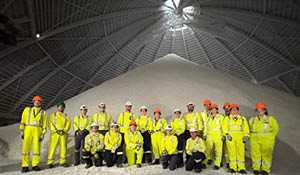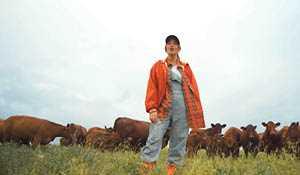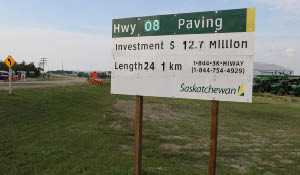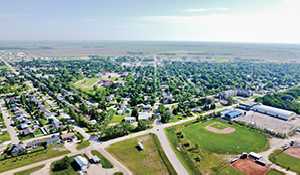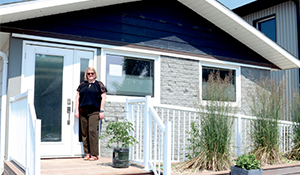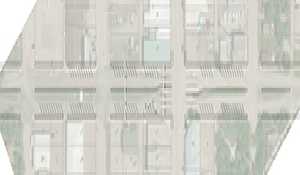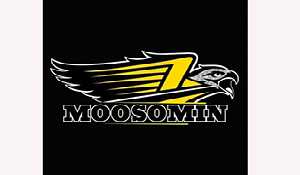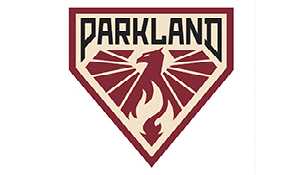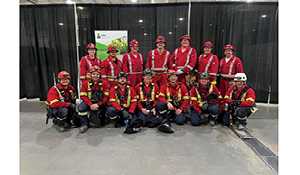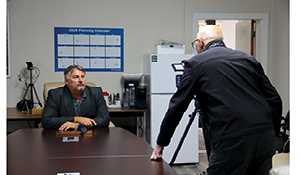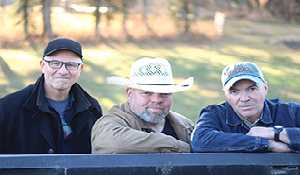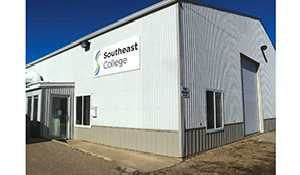Moosomin airport playing crucial role in air ambulance transfers
February 18, 2025, 10:50 am
Ryan Kiedrowski, Local Journalism Initiative Reporter
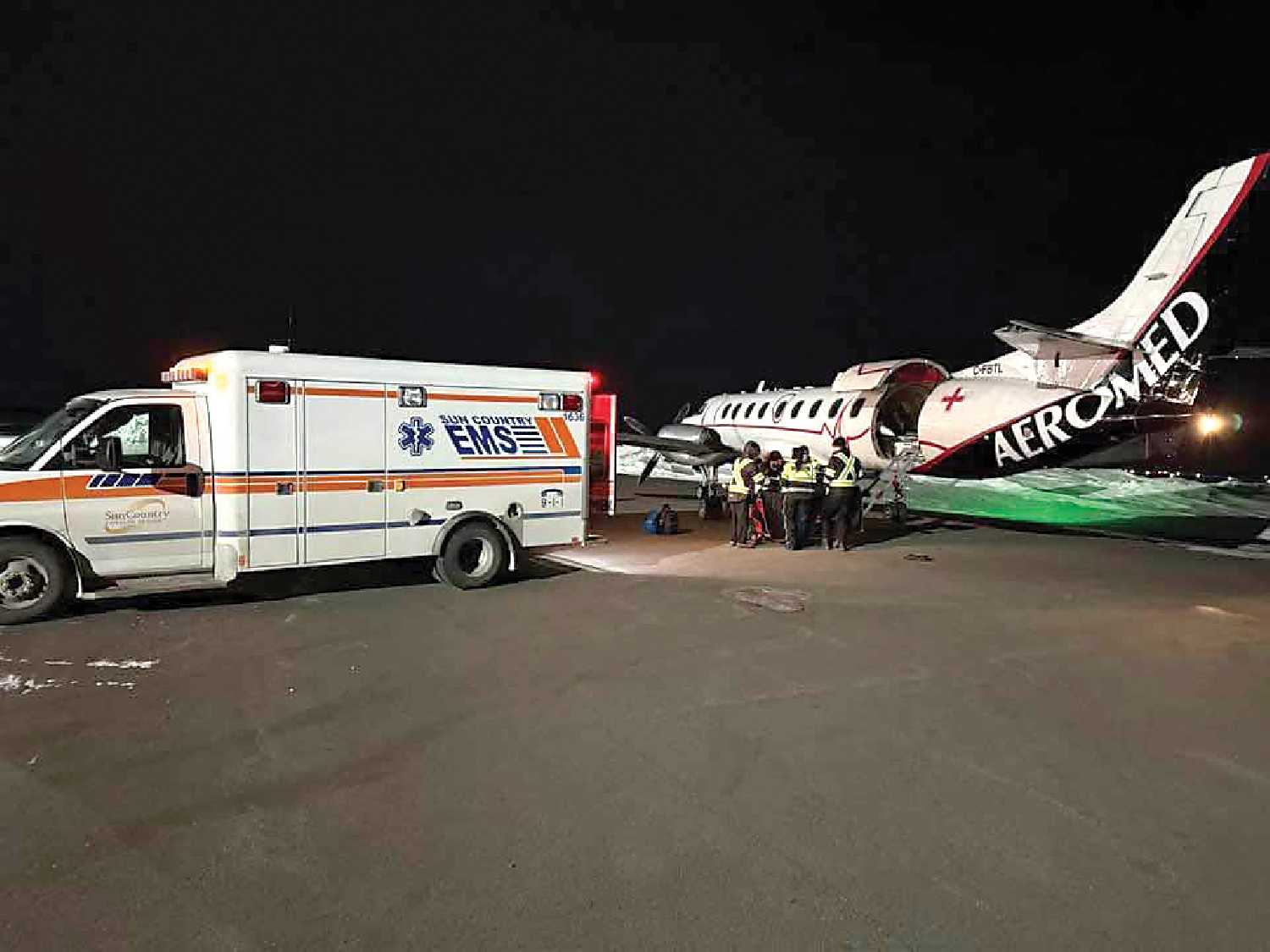

The Moosomin airport has played a significant role in recent air ambulance transfers due to the $10.6 million airport expansion, which included a 5,000 foot by 75 foot paved runway, along with a new taxiway and apron completed last summer.
On average, the upgraded airport has seen between three and four emergency landings a month.
While a temporary lighting system still remains in place, with fundraising taking place for a permanent lighting system, Jeff St. Onge of the Airport Expansion Committee says the lights have proven effective during key times.
“They’re doing exactly what we want,” he said of the temporary generator-driven lights that were installed at the airport last October. This installation was a huge advancement, meaning the Moosomin airport could be available 24 hours a day for Sask Air Ambulance.
St. Onge says the airport saw two air ambulance calls in one day—one of those being a nighttime event transporting a patient to another province.
“Redvers drove their ambulance up here, they met the plane, and they flew them to Winnipeg,” he said. “And that was at one in the morning, so they needed the lights.”
Air ambulance landings are categorized in two types, depending on the needs of the patient being transported.
“One of them is the patient is stable and the hospital has them prepared, and they’re in an ambulance on the apron, the air ambulance lands, and they do the transfer,” explained St. Onge. “Other times, when the patient is not stable, the air ambulance brings in a doctor and a medical group, and then they have to get transported to the hospital, where they take charge of the patient, stabilize them, and then bring them to the airport. So one of them would have the air ambulance on the ground for two hours or more, and the other one would have the air ambulance on the ground for 30 minutes.”
Prior to the Moosomin airport being an option, planes would land in Virden—meaning longer service times.
“The plane would land, the personnel would get off into the ambulance, they would drive to Moosomin, take charge of the patient, stabilize them, and then drive back to Virden,” St. Onge said.
Another huge factor in transporting patients is weather conditions, and the day that the two planes landed in Moosomin, road conditions were poor through many parts of southern Saskatchewan. The blowing snow did not affect the airport runway, which was by design as St. Onge pointed out. Moosomin is a 13/31 runway, which is the direction in which planes land—130º and 310º on a compass dial—or southeast and northwest.
“The wind just blows straight down that runway, so we’re very lucky that we don’t get the finger drifts that you do on the highways,” he said. “So on that particular day, despite the highways being bad, our runway was actually pretty darn good. It was just the lay of the land.”
A huge help in maintaining the runway has been the use of a tractor and skid steer—part of a recent donation from Rocky Mountain Equipment.
“Now we’ve got the tractor with a front-mounted snow blower on it, and we’re able to push the snow back a tremendous way, and the drifts are not building up anymore,” St. Onge said.
When seconds count
When it comes to medical transfers, every minute is of vital importance. St. Onge used the example of an emergency medical transfer by ground ambulance to Saskatoon from Moosomin, which also requires the presence of a physician.
“One doctor has to go with that ambulance all the way there and then come back, and they’re out of the community for about 12 hours,” he said.
While a ground trip from Moosomin to Saskatoon can take 4.5 hours, by air the time is 50 minutes.
“I have no doubt that we already have saved lives,” said St. Onge. “When you do fly out of here, it’s not because you got a sore arm, right? You’re leaving because you are critical.”
Future plans
Last September, an electrical tender went out for the installation of lighting at the airport. Despite being extended twice, by Nov. 7, 2024, a suitable offer could not be obtained. Quotes that did come in were over $1 million, which was too high.
“They would have eaten up every dollar we had and more just to put in lights, so we said no, and we’re going to re-evaluate what we need and how to do it,” St. Onge said, adding that the temporary lighting that currently serves the airport cost around $10,000.
Beyond a permanent lighting solution, a terminal building, and a hangar building to accommodate indoor patient transfers is something St. Onge says “would be heaven to have right now.”
“The other night, the windchill would have been -40ºC when that air ambulance came in out of Winnipeg at one in the morning,” he said. “The wind was howling, there was an extreme cold weather warning out there, and all of these people are on the apron transferring somebody from a ground ambulance to an air ambulance, so you have to cover them because the IV lines freeze.”
A building that could allow transfer of patients in a warm environment protected from the elements may be further into future planning, but also an extremely important goal.
Dreaming even further
St. Onge estimates logging 30 hours a week working on the project, which increased rapidly since paving the runway last year.
“Initially, all we had is one job to do, we needed to haul gravel,” he said. “Once we’ve done that, then we needed to clear off some dirt. And once we’ve done that, we needed to make a runway. As soon as the pavement went down, now it turned into 100 things—we’ve got to get lights up, we’ve got to get electricity, and we’ve got to get some buildings put up. We’ve got to paint the lines on the runway. All of a sudden, it went from a linear fashion and just exploded into 100 things that need doing!”
The added workload is a pleasant burden the committee is pleased to have as it equates to more growth. In seeing the initial fruits of their labours come to fruition, it’s easy to dream about what the future may hold and the possibilities the airport can offer. One example St. Onge described was how a business in Estevan was able to hotshot a needed part for their inventory from their location in Moosomin via air, the whole round trip taking around two hours.
“From the business side and from the medical side, all of those possibilities are there now,” St. Onge said.
The airport expansion is a $10.6 million project with financial commitments from more than 50 entities including the provincial government, Nutrien, local municipalities, the business community, and private individuals. Last summer, the 5,000x75’ paved runway plus taxiway and apron were completed. Fixed wing air ambulances began landing in Moosomin in July, 2024, initially only during daylight hours, then advancing to 24-hours in October.


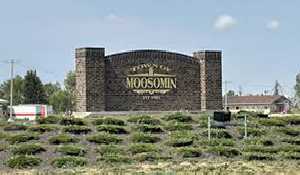


sm.jpg)


